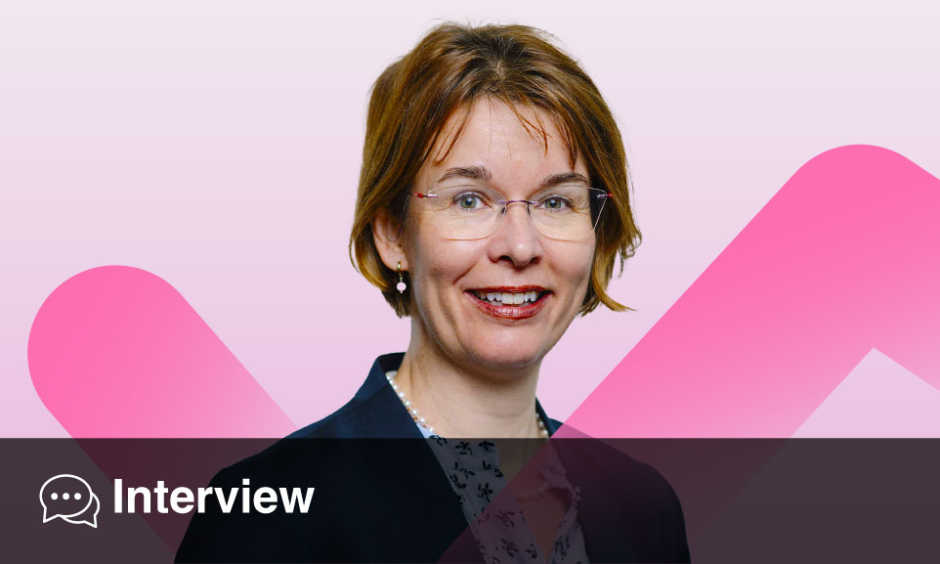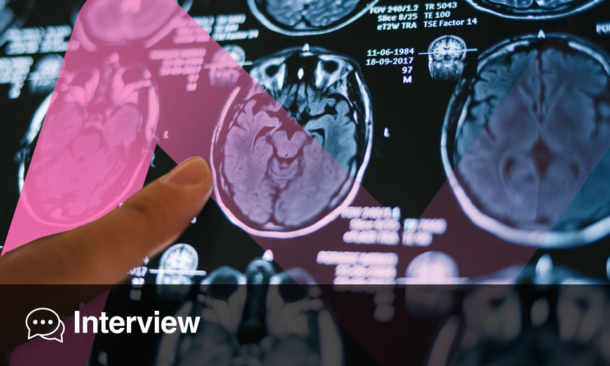Jana Midelfart-Hoff | Professor of Neurology, Head of Section and Assistant County Medical Officer, County Governor of Vestland, Bergen, Norway; Professor, VID Specialized University, Bergen, Norway; President, Norwegian Neurological Association; Treasurer, European Academy of Neurology (EAN)
Citation: EMJ Neurol. 2025;13[1]:54-55. https://doi.org/10.33590/emjneurol/TIYA1786
![]()
Having completed your first year as European Academy of Neurology (EAN) Treasurer, what have been the most rewarding and challenging aspects of the role so far?
The most rewarding aspect is definitely the people you meet on the board. There are so many enthusiastic and extremely competent colleagues. It has been a pleasure to work with them all as well as with the President. Under strong leadership, the administration is doing an excellent job. It is also very interesting to see the administration as a sort of mini-Europe, with people coming from all over the continent, having different backgrounds and speaking different languages. I think this is also a great asset to the organisation.
As for the challenging aspects, these are mainly related to the current global landscape. We have the war going on in Ukraine, which of course also influences the EAN. We have to support our colleagues there in their truly tragic working conditions. We are also witnessing other conflicts and an increasingly unstable global situation. As a treasurer, I’m happy to say that the financial situation of the EAN is good. That said, I’m pleased to report that the EAN remains in a strong financial position. We have managed through the storms, but we must be very careful in how we invest our money so that we can reinvest it back into member activities.
What new strategies is EAN implementing to foster stronger scientific and social connections among European neurological societies?
We have a much closer collaboration with national neurological societies compared to previous years. It has been a continuous effort, though, by the last president. I, myself, was until recently the president of the Norwegian Neurological Association, which, of course, gives me background experience. I think that has been extremely useful, and that’s what I can contribute to a very competent board. We are now hosting regular network meetings for national societies and taking a more proactive role in supporting them; for example, by writing letters and ensuring they feel integrated into the broader EAN network. We’re also developing initiatives targeted towards young neurologists all over Europe, and we’re beginning to extend our efforts to include mid-career neurologists as well. That’s important because we need to recruit, but we also need to retain.
What I find very rewarding is working with the podcasts. At the moment, we have a splendid podcast that is more directed towards physicians and the neurology community. We are now launching two additional podcast series: one directed at the general public, and another supporting the EAN Brain Health Mission. The first pilot episode of the latter is being released, and we plan to follow it with 12 episodes. Each will focus on a key topic, like diet or smoking, and feature expert guests from across Europe. We are going to speak in a language that is, I hope, easier to understand and more engaging for the public.
If you had to pick, which out of the 12 episodes do you think covers the most important topic for raising public awareness of neurological health?
It’s hard to choose just one, but I am very enthusiastic about two episodes: physical activity and social activity. These two also intertwine because if we get people to be physically active, whether in dancing classes or a fitness studio, they will also, almost automatically, become socially engaged. There are other factors that are perhaps more obvious. For example, wearing a hearing aid significantly reduces the risk of dementia, as it’s linked to being socially active. If you can’t hear or see well, then you’re less likely to participate in social activities. Thus, the episodes are loosely based on the targets of the Lancet Commission that they found as risk factors for dementia.
You are actively involved in the EAN Brain Health Mission and public education efforts. How is EAN working to enhance public understanding of brain health?
One important initiative is our podcast series, and then, of course, at this Congress, we also had the Public Health Day, which welcomed members of the local community in Helsinki, Finland. Attendees had the opportunity to hear from experts and representatives of patient organisations, who spoke about different neurological diseases and aspects of brain health. The event was very well attended. We are going to repeat this initiative at our next Congress in Switzerland. What made it especially meaningful was the local engagement, Finnish healthcare professionals and patients spoke in their native language, with live translation provided. I believe these two initiatives are among the most important activities EAN is engaged in.
In addition, we are involved in the European Brain Health Council and participate in EU-funded projects. We have a highly skilled communications team working to promote brain health across various platforms. As board members, we are also encouraged, and do our best, to take part in events and initiatives that promote brain health. Thus, in addition to being an organisation dedicated to science and professional networking for European neurologists, the EAN has also evolved into a true champion of brain health.
Can you share details about any upcoming EAN initiatives or strategic priorities that you are particularly excited about, and how you see them shaping the future of European neurology in the coming years?
We have adopted a more proactive approach towards engaging the public through initiatives such as the EAN podcast and the public health meetings held at our congresses. I also really enjoy seeing how our highly competent colleagues are developing the EAN Campus as a tool for learning. I think that’s very important, as it provides access to an incredible breadth of knowledge. Another area I find especially valuable is the growing emphasis on physician well-being. I would particularly like to highlight the young neurologists who have taken an active role in this area. They have even created a podcast focused on physician wellbeing, involving not only neurologists but also psychiatrists. This interdisciplinary approach is crucial, as we need to think in multiple directions at once, advancing scientific knowledge, improving patient care, and ensuring that physicians can thrive in their roles. Ultimately, we need to ensure that our message reaches the public. Technology can enable tremendous progress, and our passion for science is strong, but none of it will matter if we don’t effectively communicate our message.







